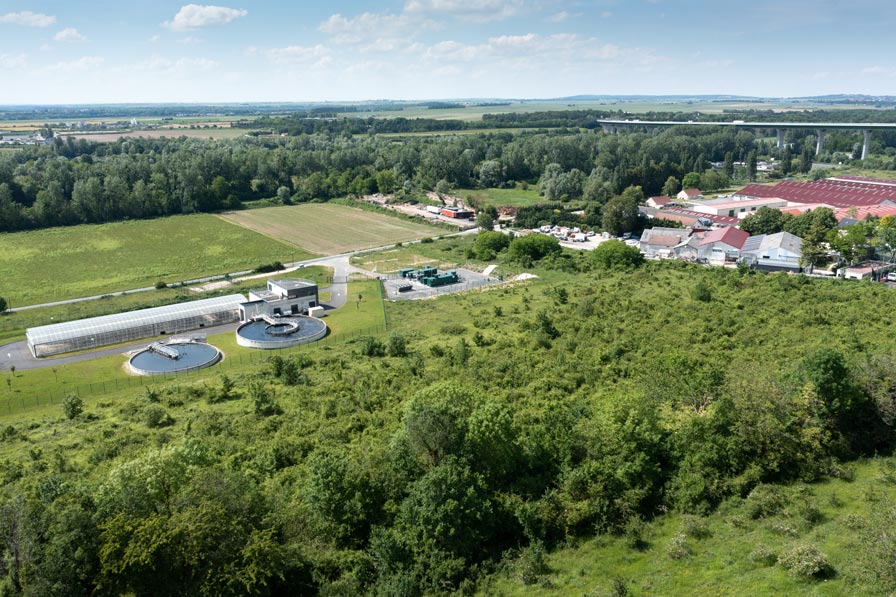Inauguration of Normandy’s first reverse flow station in Argentan
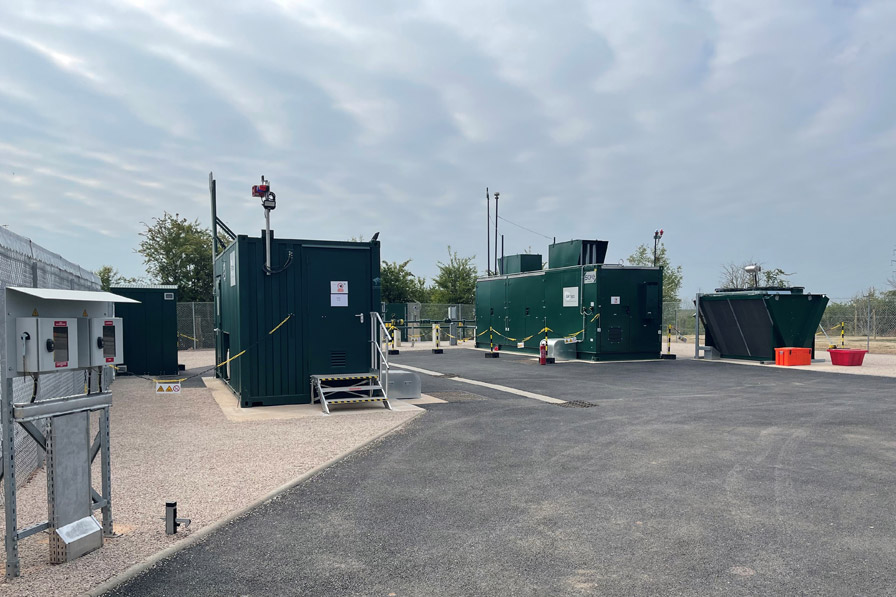
France’s sixth reverse flow station has just been commissioned in Argentan. Frédéric Moulin, GRTgaz’s Regional Delegate, presents this innovation that recovers locally produced renewable gas, and discusses the Normandy project.

Why was the Argentan reverse flow station built and what challenges does this project address?
We are in a region that has very high potential biomethane production, and project owners who wanted to exploit this from the very early days. But they faced an obstacle: the size of the distribution network could not accommodate all the biomethane produced. To do this, GRTgaz built the reverse flow station in Argentan to collect the excess volumes of biomethane for injection into the transmission network. As the transmission network has a larger capacity, surplus biomethane can then be redirected either to other consumption zones or to storage facilities. GRDF, likewise, installed several kilometres of upstream pipes to link the anaerobic digestion units to the reverse flow station.
The reverse flow station in Argentan has given rise to seven anaerobic digestion units, with a significant, positive impact on the region’s farming industry. Eventually, 115 GWh of biomethane per year will be injected into the network, equivalent to the gas consumption of around 8,000 households. Local gas consumption will see a huge reduction in its carbon content thanks to this reverse flow station.
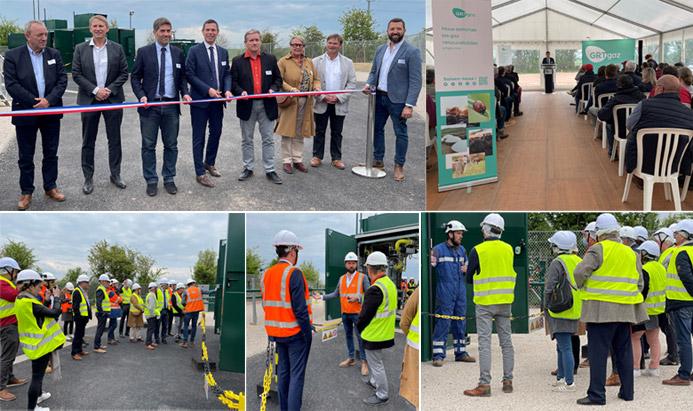
The French Department of Orne (61) would like to become “gas independent” by 2030. What role does GRTgaz play in achieving this goal?
The reverse flow station is a solution particularly well-suited to this type of territory: a somewhat rural Department with a network of medium-sized towns and low-density gas networks. Our main role is to develop new facilities in Orne. We currently have three such projects either being studied or under development.
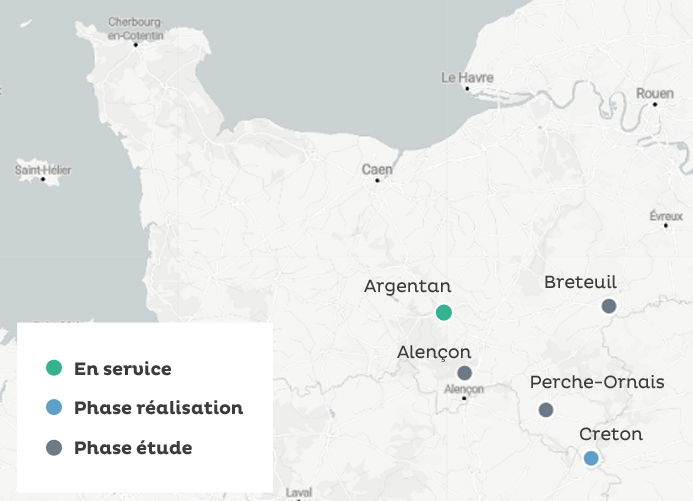
These infrastructure investments will support Normandy in achieving its anaerobic digestion goals. GRTgaz creates facilitation tools that are in line with regional policies (GRTgaz is a partner in Métha’Normandie) the Norman collective for the development of anaerobic digestion) and that allow the regions to realise their renewable gas production potential.
What is a reverse flow station?
It is a new regional development tool supporting anaerobic digestion. Before 2019, producers were each seeking their best individual solution. Since then, we have taken an approach whereby GRTgaz and GRDF can make the necessary investments for transmission and distribution, respectively, to optimise local biomethane production.
The solution has real-world benefits: with the development of anaerobic digestion, local biomethane production increases. This production is mainly injected into the local gas distribution network. However, at certain times of the year (especially in spring/summer, when gas consumption is lower), there is not enough consumption for biomethane producers to inject all of their gas into the distribution network. The reverse flow station eliminates this obstacle by compressing the excess biomethane and passing it from the distribution to the transmission network. It can then be redirected either to consumption zones or to storage facilities for future consumption.
Presentation of the Argentan reverse flow station: Episode 1
To go further
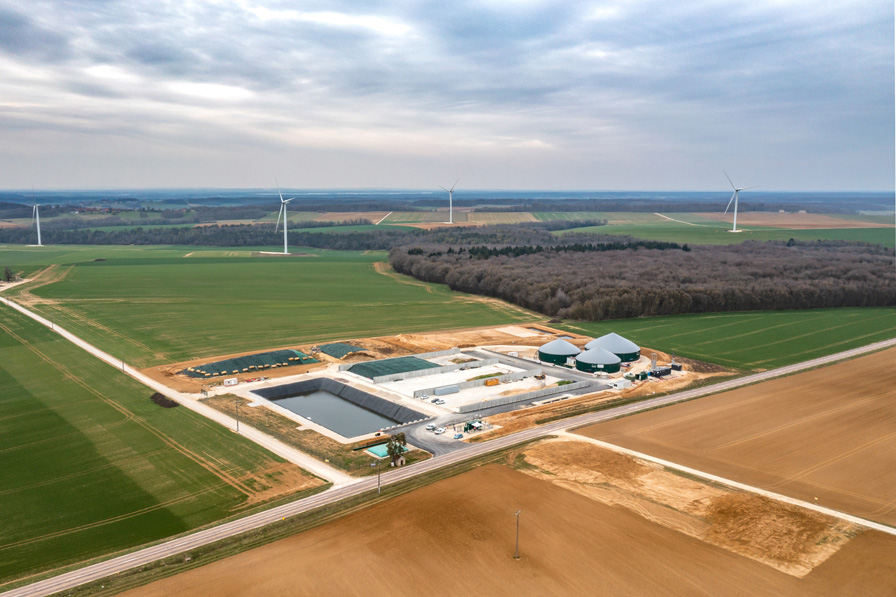
The Right to Injection
